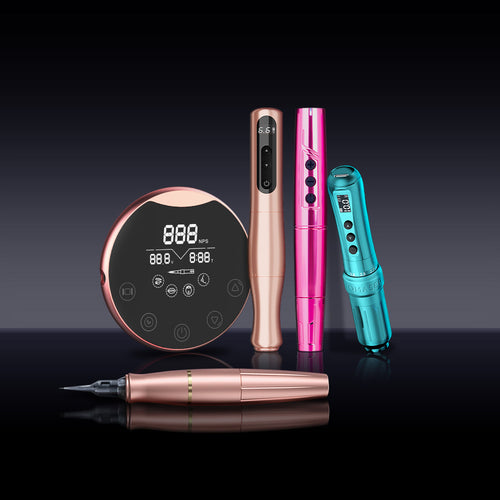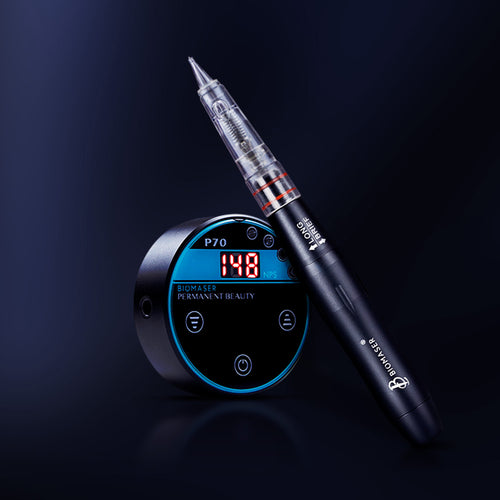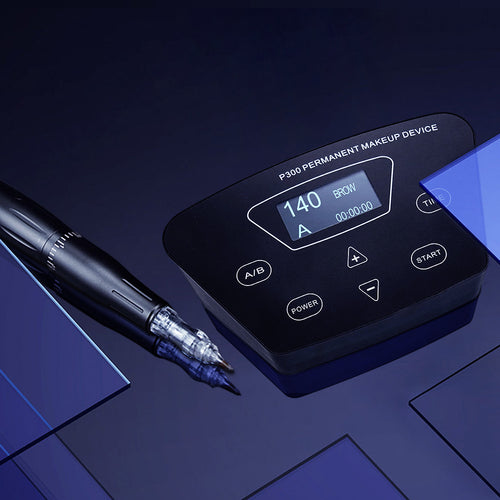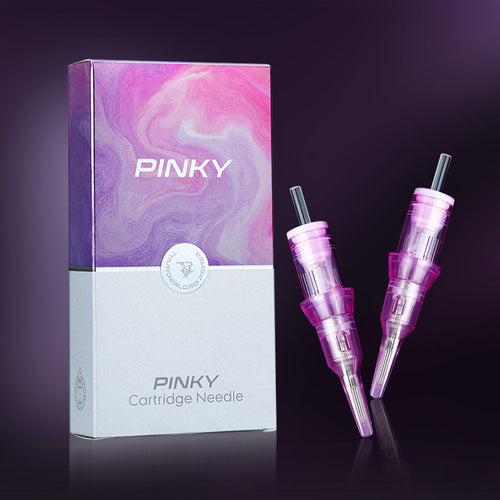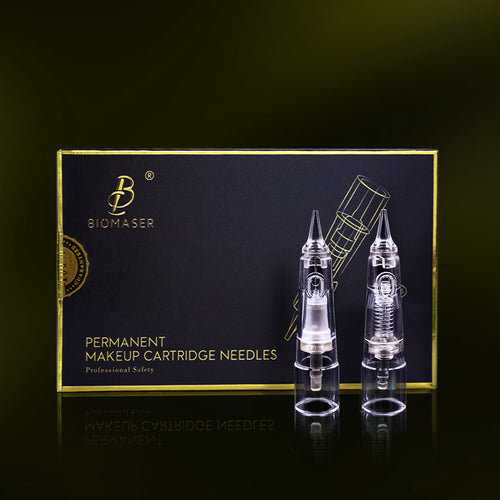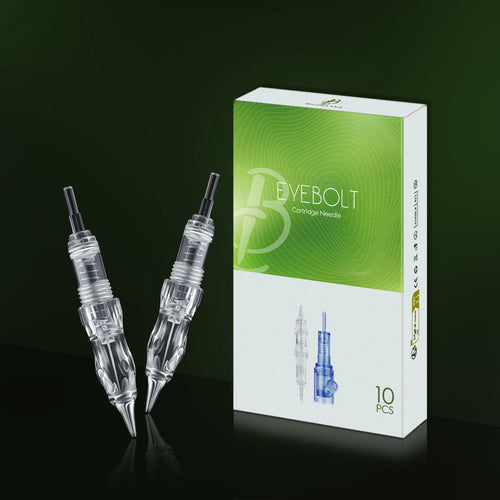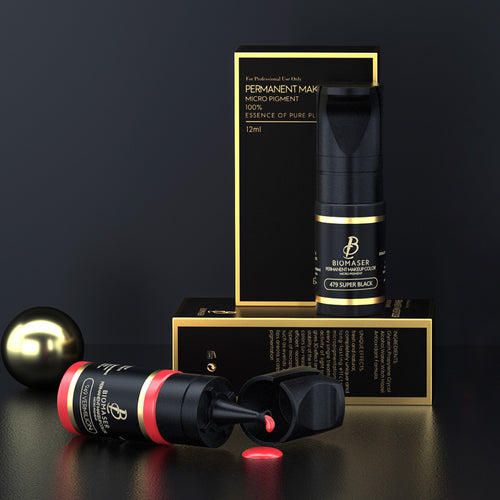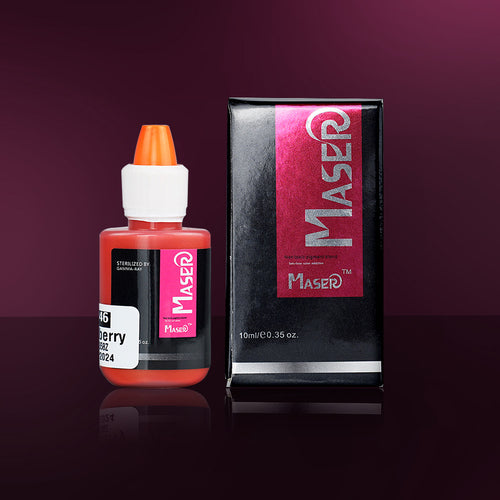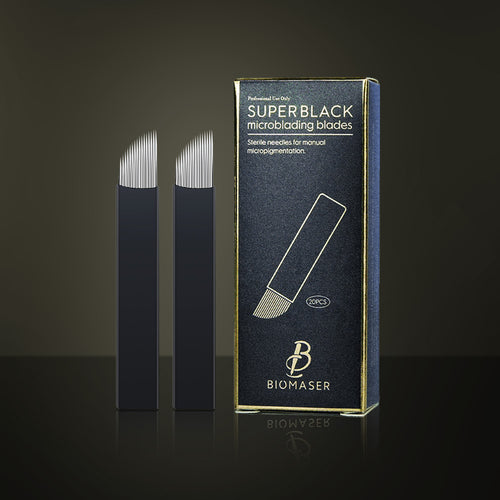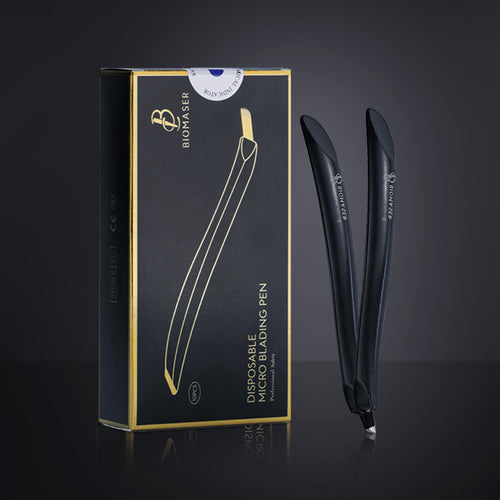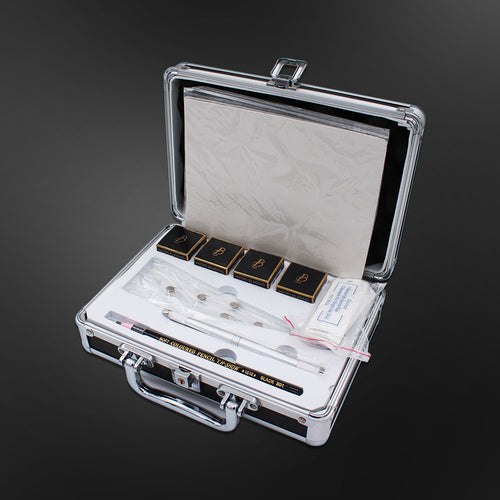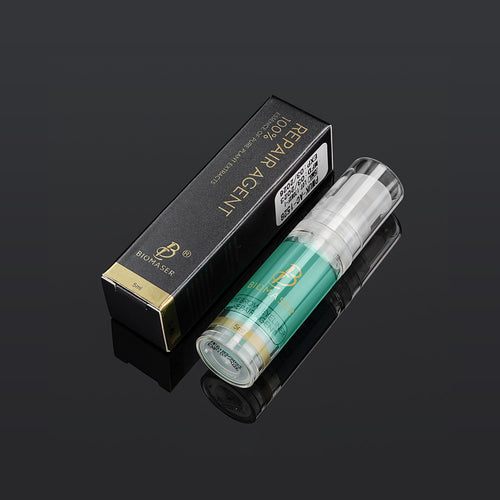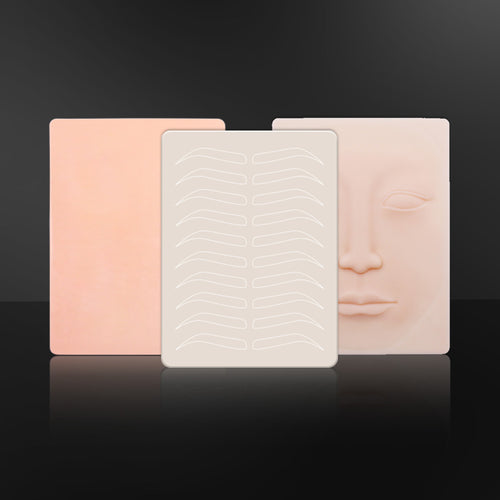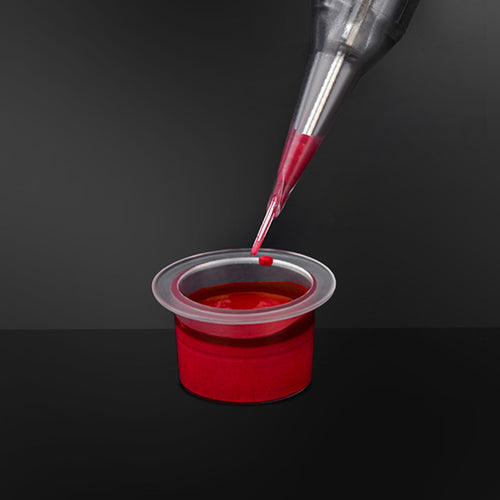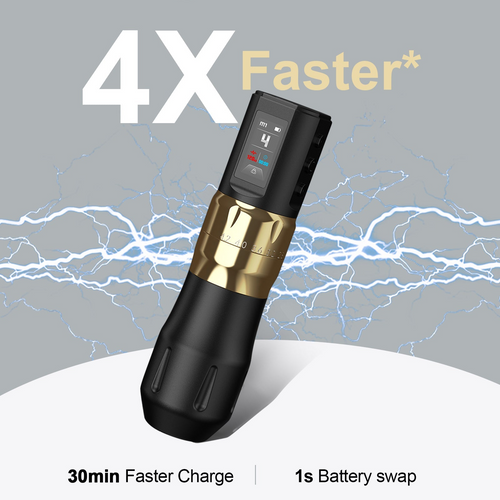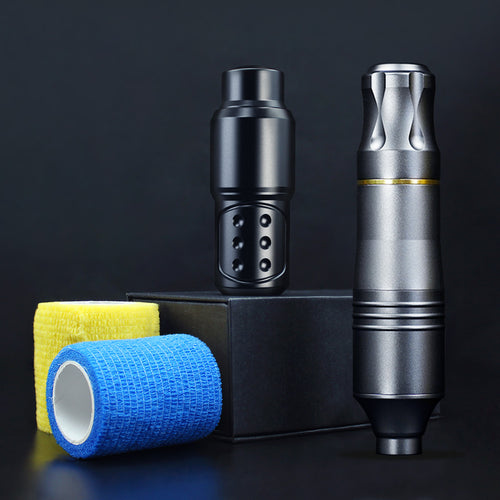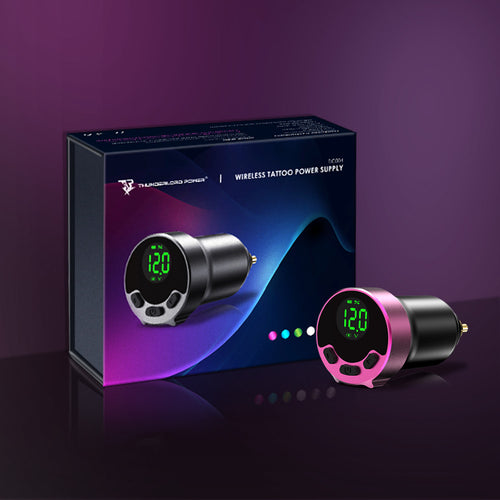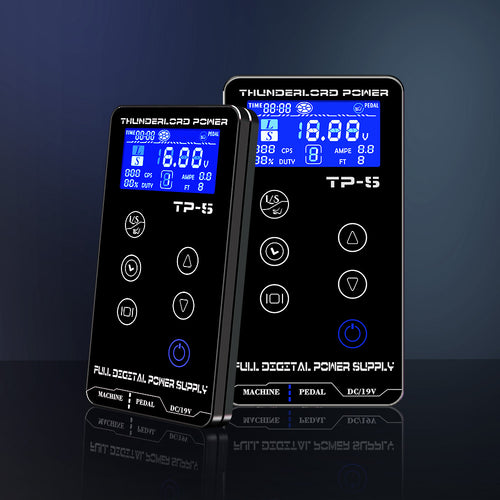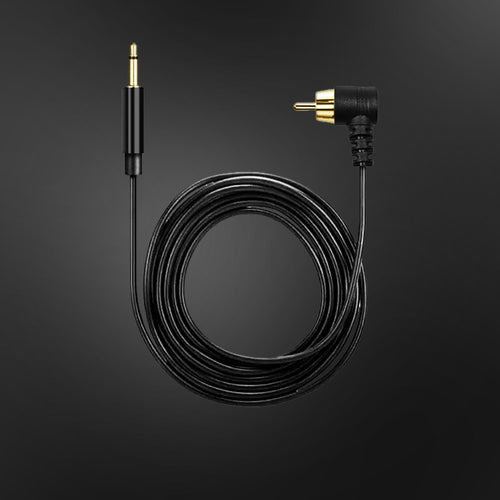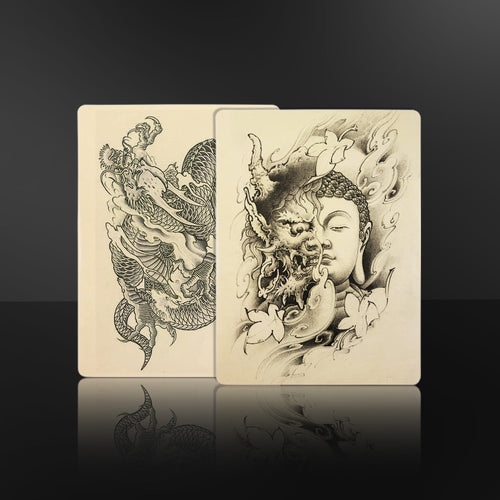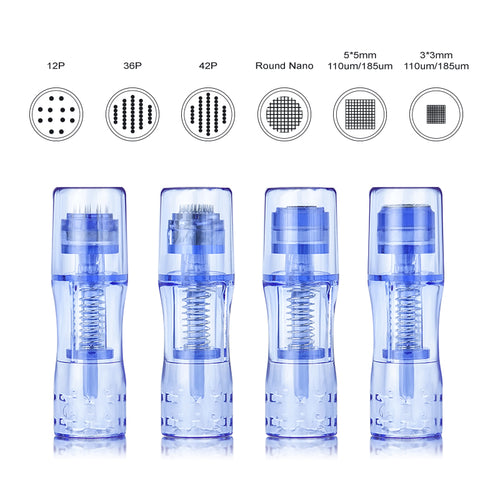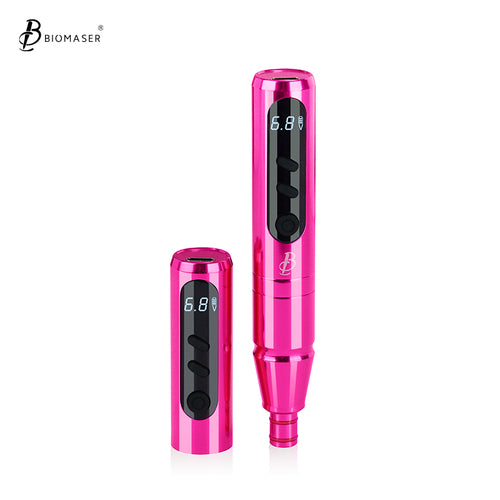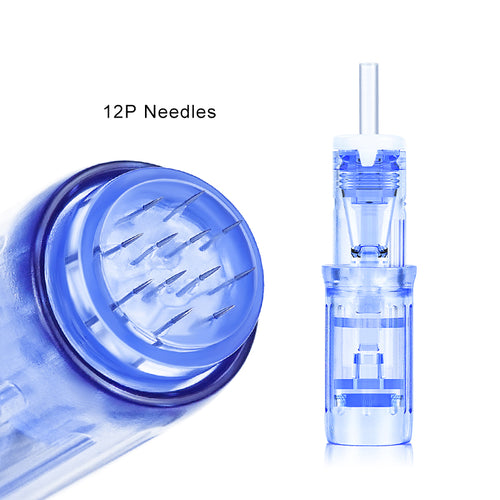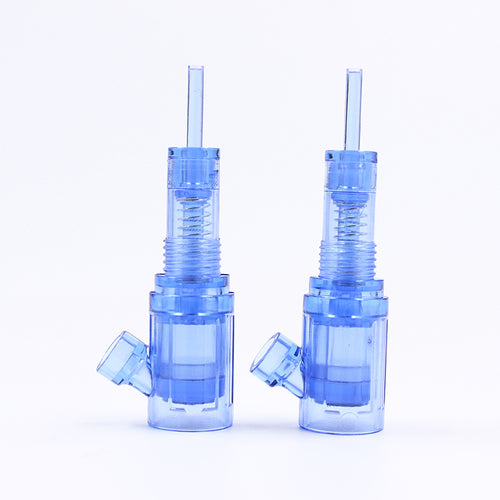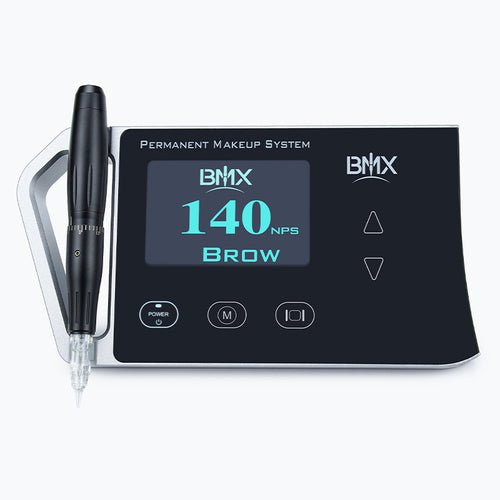What is the Correct Needle Depth for Tattooing?

Ever wonder why some tattoos look sharp and vibrant, while others fade or blur? A lot of that comes down to something called needle depth – it's a crucial part of the tattooing process. But don't worry, it's not as complicated as it sounds. In this article, we're going to walk you through what needle depth means, why it matters, and how to get it just right, whether you're etching fine lines, shading in some cool effects, or filling in blocks of color.

What Does 'Needle Depth' Mean Anyway?
When we talk about 'needle depth', we're referring to how far the needle actually goes into the skin when tattooing. It's not just a random guess; there's a sweet spot that allows the ink to be deposited in the right layer of skin. Too shallow, and the tattoo won't last; too deep, and it could cause unnecessary pain or bleeding, and even lead to scarring.
Factors That Influence Your Depth Setting
- Needle Type: The choice of needle is critical, as they come in various lengths and diameters for different purposes. For instance:

- Liningneedles, which can be as short as 1mm, are used for fine lines and often require a more superficial depth setting.
- Shadingneedles tend to be longer (up to 2mm or more) to allow for better distribution of ink under the skin and typically require slightly deeper penetration.
- Cartridge needles vary in length and are designed for specific tasks; a cartridge meant for shading might be set deeper than one for detailed line work.
- Tattoo Design Complexity: The intricacy of the design influences needle choice and depth:
- Very fine and intricate designs might use needles closer to 1mm in length to achieve precision without over-saturation.
- Larger, bolder designs may utilize needles around 2mm in length to ensure that enough ink is deposited for the design to be visible and stable.
- Skin Type:The depth adjustment must account for individual variability in skin:

- Thin or sensitive skin may only accommodate needles barely beyond 1mm without causing undue trauma.
- Thicker skin types might require the full 2mm length to ensure the ink reaches the dermal layer effectively.
- Skin Elasticity: This factor can greatly affect how the needle moves within the skin:
- A less elastic area may need a shorter needle length to avoid overpenetration due to lack of "give" in the skin.
- More elastic areas might be forgiving but still require precise control to maintain consistent depth.
- Area of the Body:Different anatomical locations necessitate adjustments in needle depth:
- On the ribs or collarbone, where the skin is close to bone, shorter needles may prevent hitting bone and causing excess pain.
- Fleshy areas like the thighs or biceps might be able to handle longer needles to ensure the ink is placed correctly within the dermis.
- Ink Viscosity and Color: Requires consideration of needle length to efficiently deliver the ink:

- Thicker, darker inks might need a longer needle to ensure that the dense pigment is embedded deep enough.
- Lighter inks couldpotentially be applied with a shorter needle, as they don't always require deep saturation to appear vibrant.
General Guidelines for Skin Layers

1. Epidermis (Outer Layer):
- Composed of five sub-layers that serve as the body's barrier against pathogens, UV rays, and water loss.
- Thickness: Varies from approximately 0.05mm on the eyelids to 1.5mm on the palms and soles of the feet.
- Tattoo Ink Placement: Should not be the target since the epidermal cells continuously regenerate and shed, which would lead to the rapid disappearance of the tattoo.
2. Basal Layer (Stratum Basale):
- The deepest part of the epidermis where cells divide and push older cells towards the surface.
- Consideration: As it is the bottom layer of the epidermis, reaching just above this level can sometimes hold ink better in cases of very fine lines or dots.
3. Dermis (Second Layer):
- Contains two sub-layers: the papillary dermis (upper) and reticular dermis (lower).
- Thickness: Generally ranges between 1mm and 4mm.
- Ideal Tattoo Depth: The target depth for tattoo needles is the upper part of the dermis, around 1mm into the skin. This is where the ink can settle without being affected by the regenerative process of the epidermis yet avoiding deeper structures that can cause bleeding and ink dispersion.
- Blood Supply: The rich blood supply in this layer helps heal the tattoo but also requires care to avoid excessive bleeding during the tattoo process.
4. Papillary Dermis:
- Contains looser connective tissue and is closer to the epidermis.
- Ideal for Fine Detail: This is often the precise layer where the most crisp and clear tattoos are achieved because it's close enough to the surface to retain detail but deep enough that the cells don't turn over rapidly.
5. Reticular Dermis:
- Has denser connective tissue and provides strength and elasticity to the skin.
- Deeper Tattooing Risks: Placing ink too deeply into this sub-layer can result in less definition due to ink spread and potential for scarring.
6. Subcutaneous Tissue (Fat Layer):
- Not a layer targeted for tattooing due to high variability in thickness and composition.
- Excessive Needle Penetration: Reaching this layer usually indicates the needle has gone too deep, which could cause blowouts (where ink spreads out undesirably under the skin) and lead to a blurry appearance of the tattoo.
7. Individual Variations:
- Each person's skin can vary significantly, and the thickness of these layers may differ based on age, gender, health, and body location.
- Personalized Approach: A skilled tattoo artist must assess each client's individual characteristics and adjust the needle depth accordingly.
8. Aging Skin:
- With age, the skin loses some of its elasticity and may become thinner.
- Considerationin Elderly Clients: Extra care should be taken to use shallower depths to avoid damage to the more delicate skin.
How Deep Should You Go? Tailoring Needle Technique for Each Tattoo
- Getting Outline Depth Just Right:For outlining, the depth is usually around 1mm. It's a bit like the Goldilocks zone – not too shallow, not too deep. Too shallow and your tattoo might fade quickly or not even take properly. Too deep and you risk the ink spreading underneath the skin, which can blur the lines over time. The idea is to deposit the ink so it won't be affected by the constant turnover of skin cells but still remain visible.
- Tackling Shading with a Light Hand: Shading is a delicate business. You want to work just under the 1mm mark. It's about building up the color slowly and carefully. If you go too deep when shading, you could end up with blotches instead of smooth transitions. Plus, being gentle during shading makes for an easier healing process because you're causing less trauma to the skin.
- Laying Down Solid Color: With color fill-ins, we're talking about going closer to 2mm deep. This depth ensures that the color looks even once healed. Going too light can lead to patchy areas that might need touch-ups later on. But again, it's not just about pushing the needle deeper; it's about doing it with control. You don't want to cause unnecessary pain or damage-just enough depth to let the ink settle in.
- Mastering the Details: Detail work is all about adjusting on the fly. Sometimes you barely scratch the surface, other times you go a little deeper. The point is consistency. Every dot, every tiny line needs to be just as clear and sharp as the next. Sometimes, for very fine details, you might stay closer to the surface to keep those lines crisp. Then, for bolder parts of the pattern, you might need to push a little further so they stand out. It's all about balance and making sure each part of your artwork has the definition it needs.
Tattooing Across the Canvas: Adapting to Skin Types and Areas
- Know Your Skin: Tattooing Different Types: In tattooing, you'll encounter primarily three skin types: oily, dry, and combination. Oily skin tends to be thicker and may require a bit more depth when tattooing to ensure the ink stays. Dry skin is usually more sensitive and can be thinner, meaning a lighter hand is needed to prevent over-penetration which can lead to irritation. Combination skin has areas that are oily and others that are dry; here, you'll need to adjust your technique as you move from one area to another.
- Adjusting for Different Parts of the Body:When it comes to body parts, think of each as its own unique canvas. The wrist and inner arm have tender skin that's thinner, so a soft approach is key. The outer arm, thighs, and calves can handle a slightly deeper needle since these spots tend to have a bit more cushion. Then there's the back and chest, which vary in sensitivity but generally offer a broad and often firmer area for larger or more intricate designs.
- Easy Does It: Tattooing Sensitive Spots: Sensitive areas mainly include places where the bone lies just beneath the skin, like ankles, ribs, and collarbones, where you want to avoid going too deep to reduce pain. Then there's scar tissue – whether from surgery or injury – which can be less sensitive due to nerve damage but might require a varied depth because scarred skin is tougher. You've also got spots like the neck and behind the ear that are not only sensitive but also tricky because the skin is so thin and close to bone.
Final Thoughts
Getting this part right is super important because it affects everything from the sharpness of the lines to how well the color fills in and how much the tattoo hurts. But don't stress too much. The more you tattoo, the better you'll get at judging the perfect depth. Take your time, keep a steady hand, and pay attention to how different skin types react. We hope this guide has been helpful. Keep practicing, stay patient, and trust in your skills – they'll serve you well as you work on giving people amazing tattoos they'll love forever.
